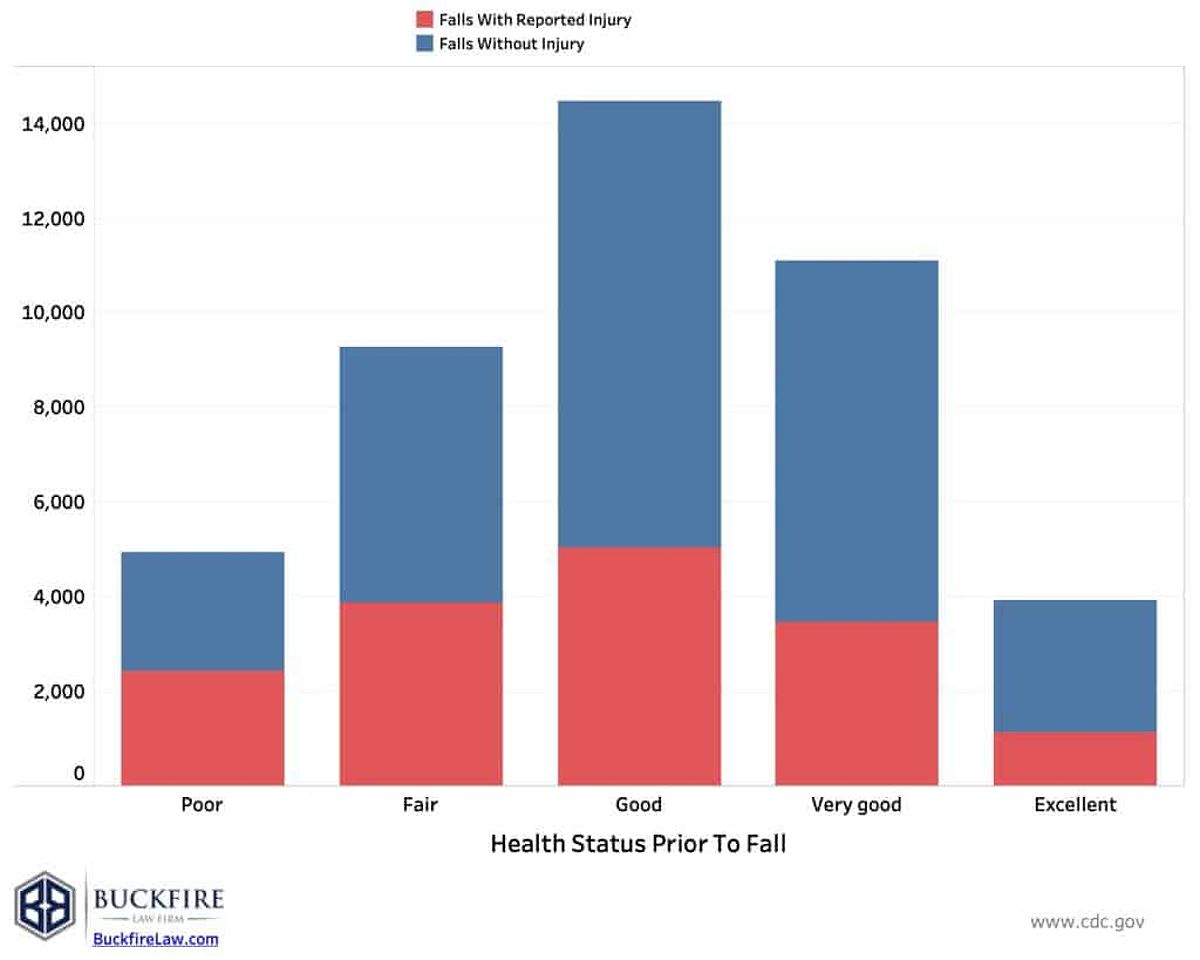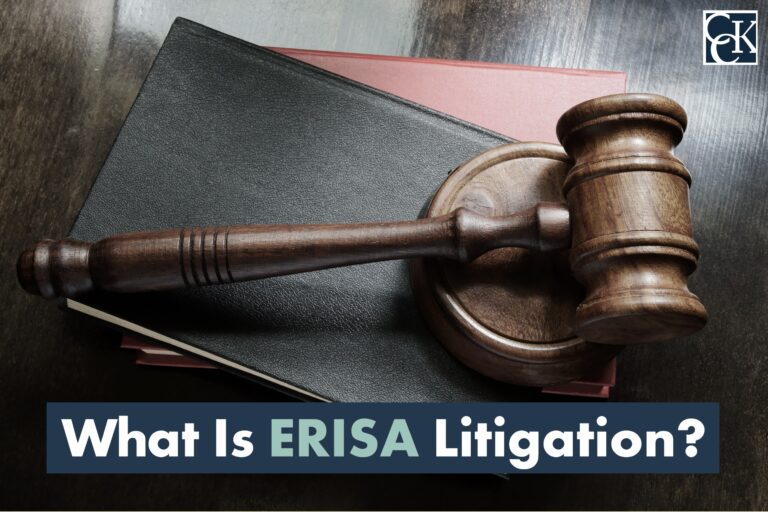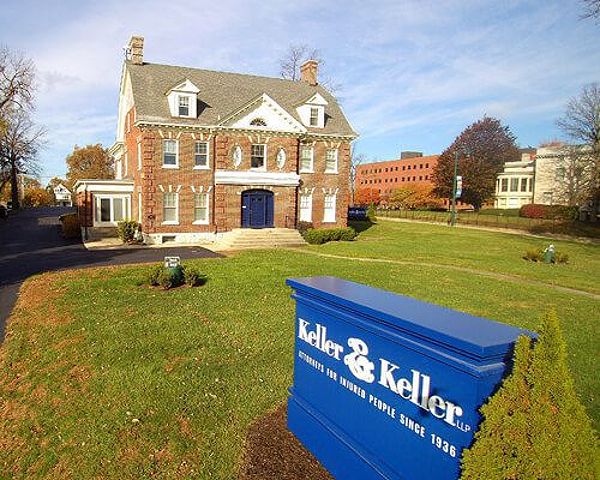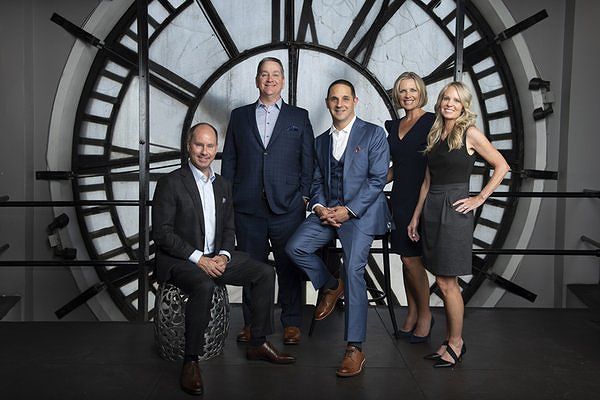Safeguarding Your Property: Navigating Slip And Fall Law With A Slip And Fall Law Firm
As a property owner or landlord, the safety and security of your premises are paramount concerns. Slip and fall accidents can not only result in serious injuries but also potentially costly legal and financial consequences. Navigating the intricacies of slip and fall law is crucial to protecting your interests and minimizing your liability.
In this comprehensive guide, I’ll share my personal insights and expertise as an experienced slip and fall law firm professional. I’ll delve into the legal responsibilities property owners face, common slip and fall hazards, and practical strategies for prevention and response. Whether you’re a seasoned property manager or a first-time landlord, this article will provide you with the knowledge and tools you need to safeguard your property and your bottom line.
Understanding Premises Liability and Your Legal Duties
As a property owner, you have a legal duty of care to maintain a safe environment for visitors. This concept, known as premises liability, varies depending on the type of visitor you have on your property.
Duty of Care for Invitees
The highest duty of care is owed to invitees, such as customers, tenants, or clients. As an owner, you must take reasonable steps to ensure the premises are free from hazards and warn of any known dangers. Failure to do so could result in liability if an invitee is injured due to a slip or fall.

Duty of Care for Licensees and Trespassers
The duty of care owed to licensees, like social guests, is less stringent than that of invitees. You must warn of known dangers but are not required to detect and repair every potential hazard. For trespassers, your duty of care is even lower, with owners generally not responsible for their safety, except in the case of child trespassers.
Establishing Negligence
To prove negligence and liability in a slip and fall case, the injured party must demonstrate that you, as the property owner, knew or should have known about the hazardous condition and failed to take reasonable steps to address it. This could include evidence of the condition’s duration, your maintenance history, and the foreseeability of the accident.
Identifying and Mitigating Slip and Fall Risks
Slip and fall accidents can occur both indoors and outdoors, and property owners must be vigilant in identifying and addressing potential hazards.
Outdoor Hazards
Outdoor areas, such as sidewalks, parking lots, and walkways, can pose significant slip and fall risks. Common hazards include icy or snowy conditions, uneven pavement or potholes, poorly maintained landscaping, and inadequate lighting. To mitigate these risks, I recommend implementing regular inspection and maintenance routines, ensuring prompt snow and ice removal, and providing sufficient lighting in all outdoor areas.

Indoor Hazards
Indoors, slip and fall hazards may include wet or slippery floors, spills or debris, defective stairs or handrails, uneven flooring, and poor lighting. Maintaining regular cleaning, promptly addressing spills, and properly maintaining indoor areas can help you address these hazards and minimize the risk of accidents.
Preventing Slip and Fall Incidents: A Proactive Approach
As an experienced slip and fall law firm professional, I’ve seen the importance of implementing a comprehensive risk management strategy to prevent slip and fall incidents and protect property owners from liability.
Regular Inspections and Maintenance
Conducting regular inspections of both indoor and outdoor areas is crucial to identifying potential hazards before they lead to accidents. I recommend creating a detailed checklist of common slip and fall risks and establishing a routine maintenance schedule to address any issues promptly.
Employee Training and Awareness
Educating your staff on slip and fall prevention, reporting procedures, and proper response protocols can empower them to be your first line of defense against accidents. Encourage employees to be vigilant in identifying and addressing potential hazards, and provide them with the necessary resources and training to do so effectively.
Responding to Slip and Fall Incidents
Despite your best efforts, accidents can still occur. When a slip and fall incident happens on your property, it’s essential to have a well-defined response plan in place.
Immediate Response
In the event of a slip and fall accident, your priority should be the safety and well-being of the injured party. This may include providing first aid, calling emergency services if necessary, and securing the scene to prevent further incidents.
Reporting and Documentation
Proper reporting and documentation are crucial in the event of a slip and fall accident. I recommend creating a standardized incident report form and maintaining a comprehensive log of all incidents, including details such as the time, location, nature of the hazard, and any witness information.
Partnering with a Slip and Fall Law Firm
When faced with a slip and fall claim, I strongly advise seeking the guidance of an experienced slip and fall law firm like mine. As a slip and fall law professional, I can help you navigate the complexities of premises liability law, protect your interests, and ensure you receive fair treatment throughout the legal process.
By working with a slip and fall law firm, property owners can benefit from our expertise in:
- Investigating the incident and gathering evidence
- Identifying potential defenses and strategies
- Negotiating settlements with insurance providers
- Representing your interests in court, if necessary
Consulting with a slip and fall law firm can provide property owners with the support and guidance they need to mitigate the financial and legal risks associated with slip and fall accidents.
The Financial Implications of Slip and Fall Accidents
Slip and fall accidents can have significant financial consequences for property owners. The costs associated with these incidents can include medical expenses, lost wages, and legal fees. In some cases, the injured party may also seek compensation for pain and suffering, further increasing the financial burden on the property owner.
According to the National Safety Council, the average cost of a workplace slip and fall accident can range from $20,000 to $30,000, with more severe injuries leading to even higher expenses. These costs can quickly add up, putting a significant strain on a property owner’s finances.
To mitigate the financial risks, I recommend prioritizing proactive safety measures, maintaining thorough documentation, and working closely with a slip and fall law firm like mine to navigate the legal process. By taking these steps, property owners can protect their assets and minimize the financial impact of slip and fall incidents.
The Importance of Seeking Expert Guidance
As an experienced slip and fall law firm professional, I understand the complexities and challenges property owners face when dealing with slip and fall incidents. The legal landscape surrounding premises liability can be daunting, and the potential financial consequences can be devastating.
That’s why I strongly believe that seeking the guidance of a qualified slip and fall law firm is essential for property owners looking to protect their assets and minimize their liability. With our in-depth knowledge of slip and fall law, we can provide you with the expertise and support you need to navigate these issues effectively.
Our team of legal professionals can assist you in:
- Conducting thorough investigations and gathering evidence
- Identifying potential defenses and developing effective legal strategies
- Negotiating settlements with insurance providers to ensure fair compensation
- Providing skilled legal representation in court, if necessary
By partnering with a slip and fall law firm, you can rest assured that your interests are being protected and that you’re taking the necessary steps to safeguard your property and your financial well-being.
FAQ
Q: What are some common defenses used in slip and fall lawsuits? A: Common defenses include arguing that the injured party was negligent, that the hazard was open and obvious, or that the property owner had no knowledge of the hazard.
Q: What are the potential financial consequences of a slip and fall lawsuit? A: The financial consequences can be significant, including medical expenses, lost wages, pain and suffering damages, and legal fees.
Q: How can I protect myself from liability in a slip and fall case? A: By implementing proactive safety measures, maintaining proper documentation, and seeking legal counsel from a slip and fall law firm when necessary, property owners can minimize their risk of liability.
Conclusion
As an experienced slip and fall law firm professional, I understand the importance of safeguarding your property and protecting your interests. By understanding the legal principles of premises liability, addressing common slip and fall hazards, and responding effectively to incidents, you can reduce the risk of accidents and mitigate the potential for costly legal battles.
Remember, a proactive approach to slip and fall prevention and a willingness to work with a qualified slip and fall law firm can make all the difference in protecting your property, your reputation, and your bottom line. Take the necessary steps today to ensure the safety of your premises and your peace of mind.






